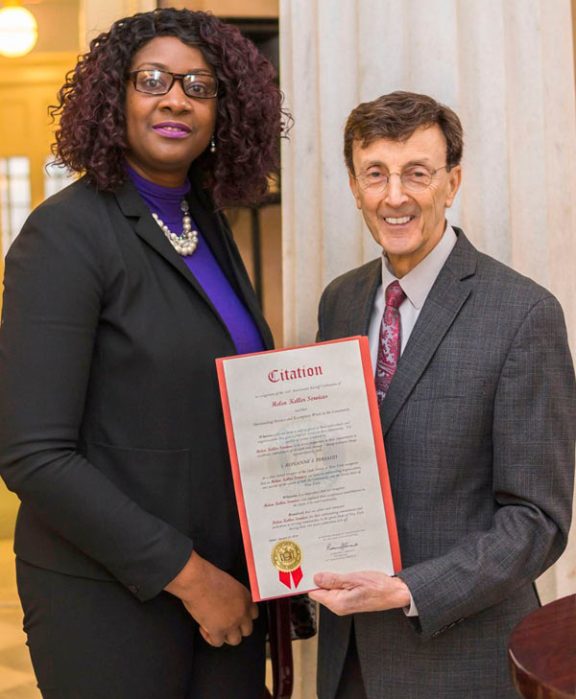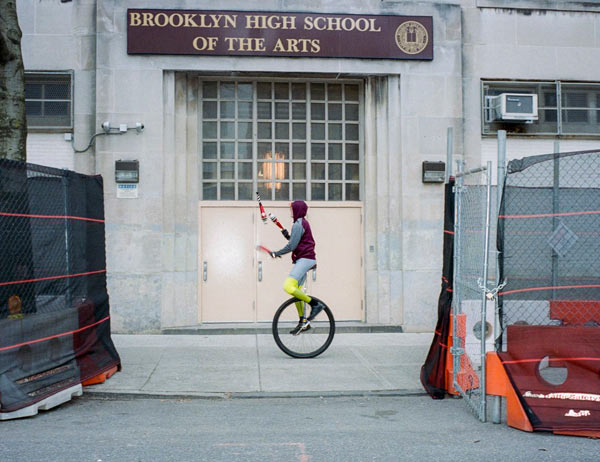They’ve got the hole picture!
A new photo exhibit focuses on subway construction at the dawn of the 20th century! “Streetscapes and Subways,” at Downtown’s New York Transit Museum, features more than 250 photographs taken between 1900 and 1940 by brothers Pierre and Granville Pullis, who were hired to document the literally groundbreaking transit projects. The photos graphically demonstrate how much the underground trains have changed the landscape of Brooklyn, said the museum’s director.
“They take you back to 1900s New York and you really get a sense of the before and the after, and how transformative mass transit’s been,” said Concetta Bencivenga.
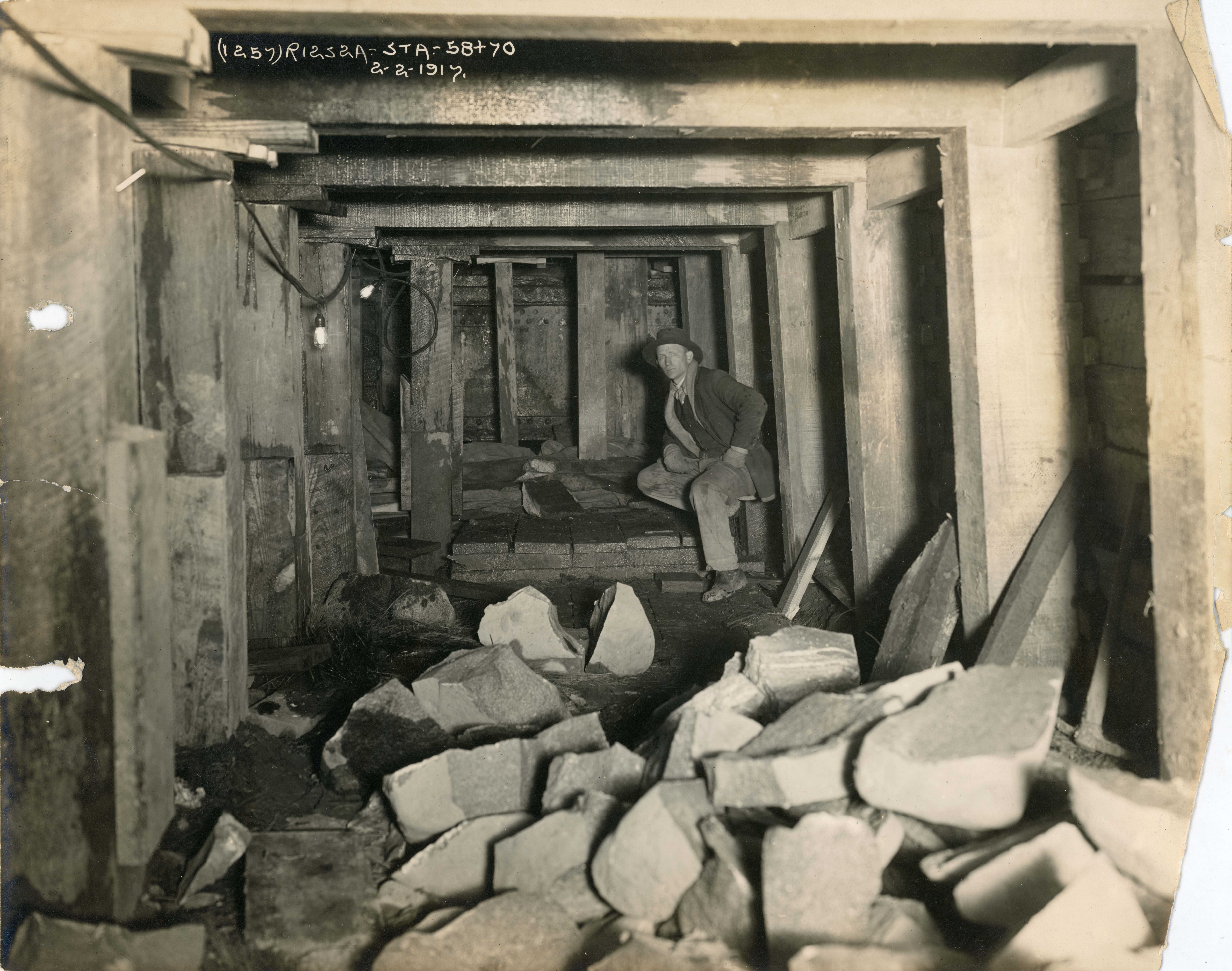
The exhibit makes visitors appreciate how difficult some of the early subways building methods were, according to Bencivenga.
“Most people don’t actually stop to think about the original IRT subway was for the most part done by hand: pick axes, shovels, wheelbarrows, and mules,” she said.
The photos also capture scenes of a now-forgotten Brooklyn. Shots of construction along the Fourth Avenue Line (now the D, N, and R trains), show the street lined with horse carriage businesses, said the exhibit’s curator.
“Along Fourth Avenue you have all these equine-based businesses like farriers, carriage makers, veterinarians,” said Jodi Shapiro.
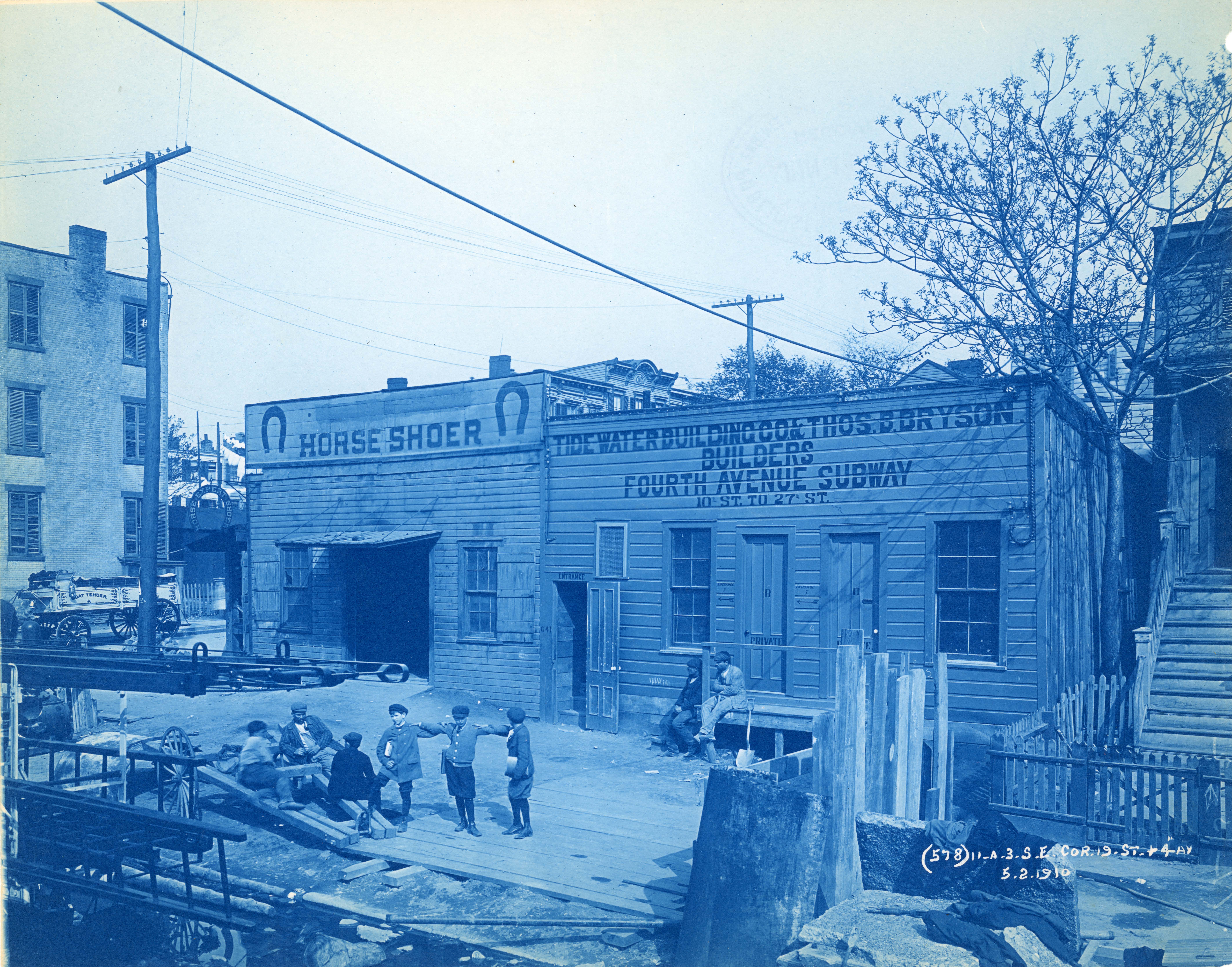
Today, the wide thoroughfare is sprinkled with auto shops and gas stations — a different kind of transportation-focused business, noted Bencivenga.
“It was vehicle repair, it still kind of is vehicle repair in 2020. It’s in the DNA of that quadrant of Brooklyn,” she said.
Shapiro chose the roughly 250 images from the museum’s vast archive of subway construction photos. The snaps are mostly utilitarian, but a surprising number had an artistic touch, with posed workmen and interesting compositions, said Shapiro.
“It looks like they were trying to show how dignified these people were even in a climate where laborers were probably not considered essential at all, even though they were doing the most important jobs,” she said.
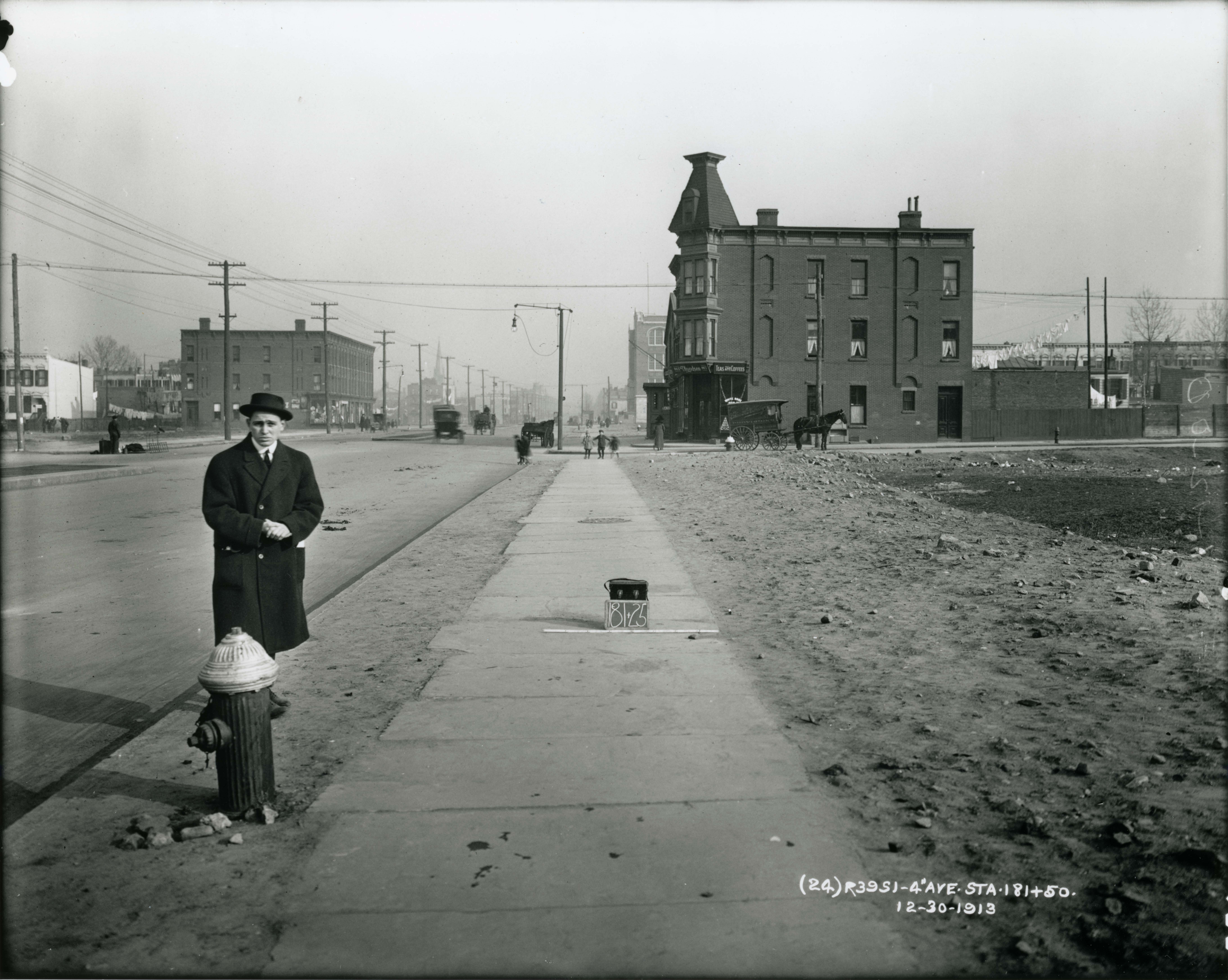
The pictures, taken before, during, and after construction, documented any damage caused by construction accidents, which were common due to the prevalent use of dynamite and the lack of modern safety precautions.
The photos also captured interesting finds discovered below the streets, including a skull, an axe, and an entire wooden boat workers found while digging up ground for the South Ferry station in Manhattan.
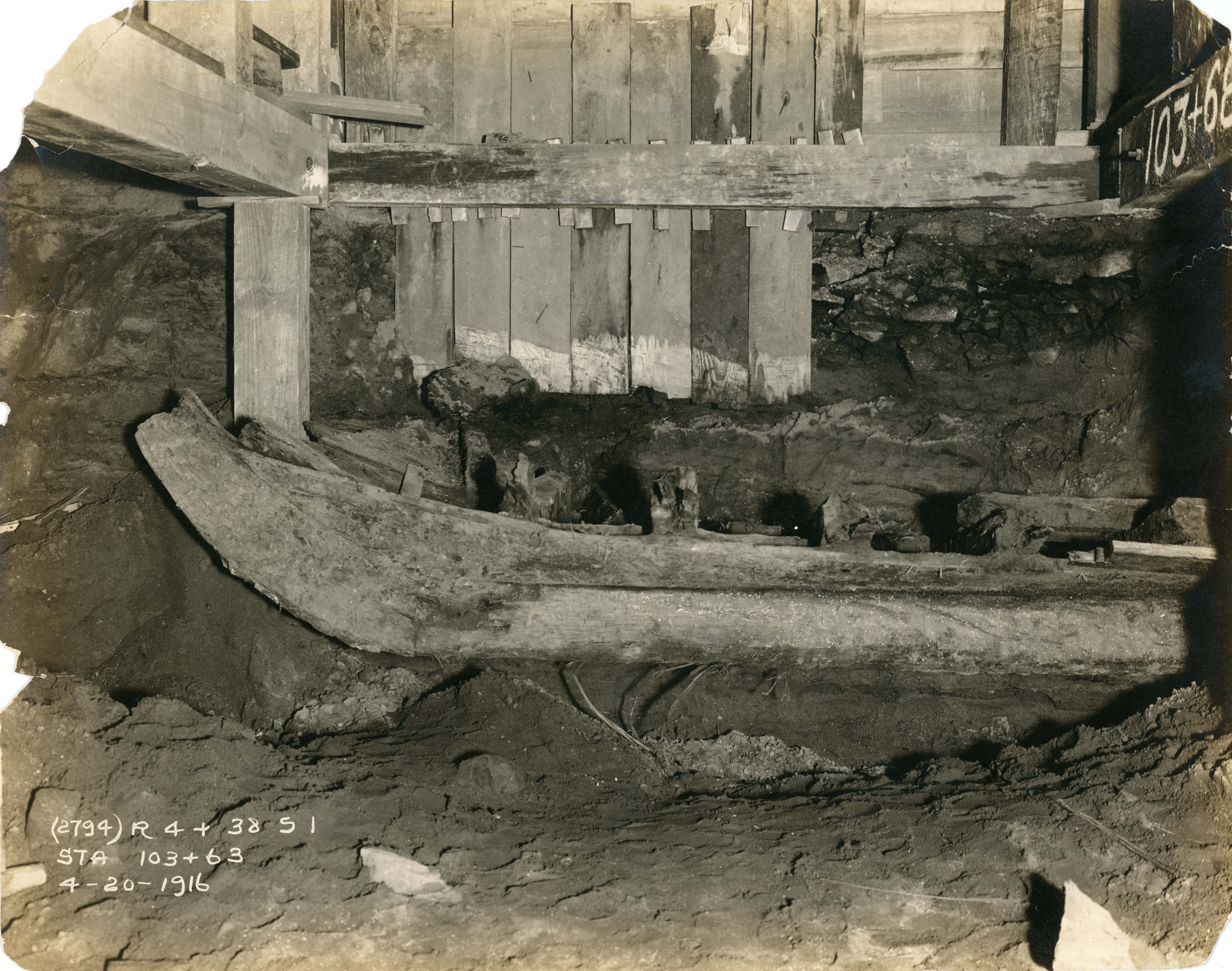
“That entire part of Lower Manhattan is landfill, so any construction that happens there, even nowadays, they find all sorts of interesting things,” said Shapiro.
“Streetscapes and Subways” at the New York City Transit Museum [99 Schermerhorn St., at Boerum Place in Downtown, (718) 694–1600, www.nytransitmuseum.org]. Through Jan. 17, 2021; Tue–Fri, 10 am–4 pm. Sat–Sun, 11 am–5 pm. $10 ($5 kids).
















